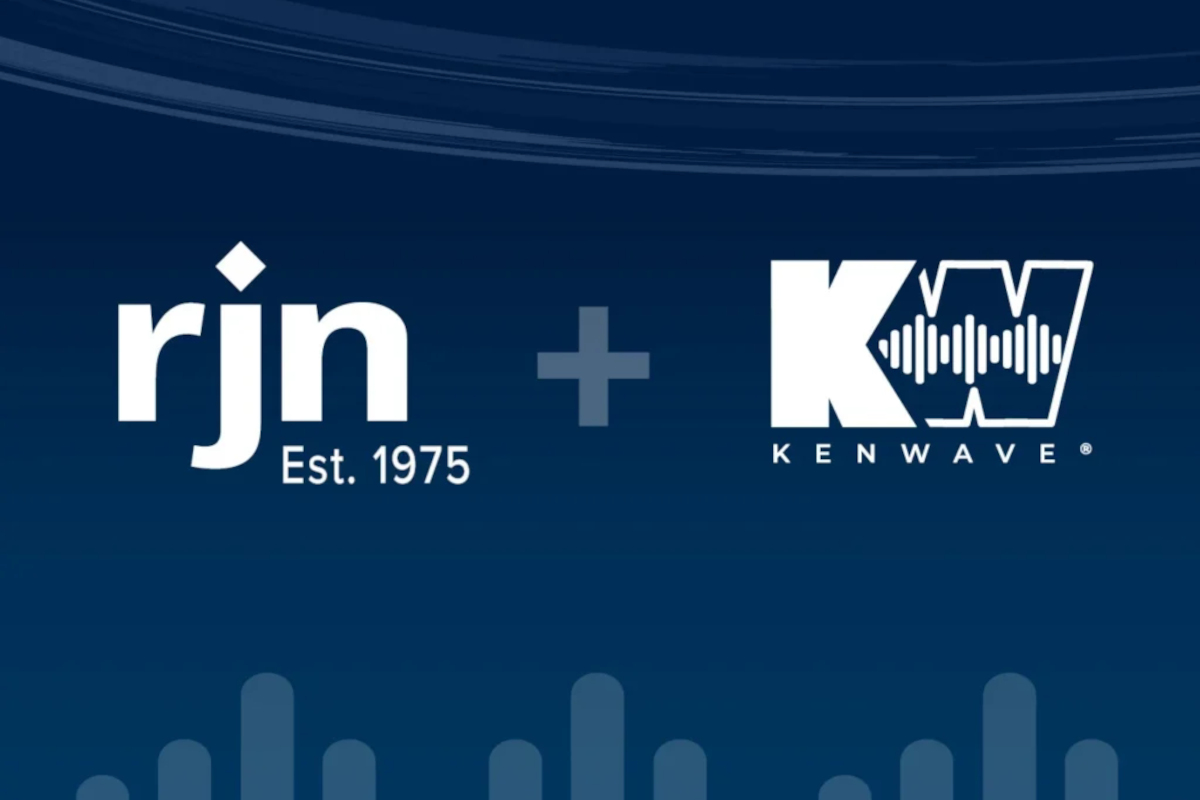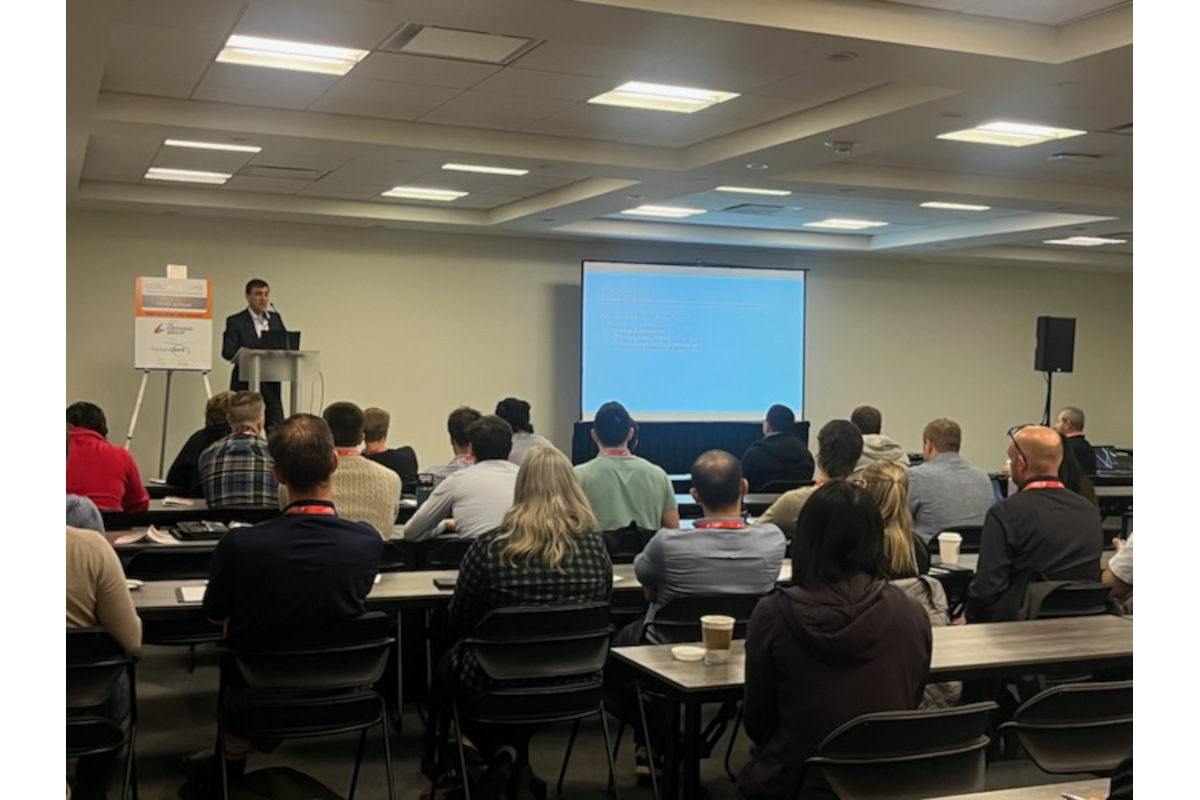Safe Digging Below at Below Zero Temperatures
When the busy summer months have passed, and we have survived the dog days of summer, we are soon surrounded with cooler temperatures, football and the spectacular colors that only fall can bring.
For those of us who live in colder climates, this comes to an end with Old Man Winter knocking on the door. With him, he brings snow, ice, nasty working conditions and frozen ground. Some of us go into hibernation, some head south, and then there are those who will face him head on. They strap on their coveralls and don their hats and gloves, they lace up their boots, there is still work to do.
Moving dirt has been around one way or another as long as dirt itself, but moving frozen dirt has always been a challenge. Hydro excavators with hot water are a good solution for this problem, particularly when digging in safety tolerance zones.
The vacuum excavation market exploded in the early 1990s as a new “safe dig” way to move earth and soil. There are many uses for vacuum excavation. The main use is for safely exposing underground utilities. Vacuum excavation is a safe, efficient alternative to hand digging. They are used alongside horizontal directional drilling (HDD) operations, municipal street and water departments and utility companies. The establishment of the Common Ground Alliance (CGA) and the National One Call System has also helped in the effort of locating underground utilities. CGA Best Practices 8.0 recognizes vacuum excavation as one of the best safe dig alternatives stating, “Vacuum excavation, when used appropriately, is an efficient, safe and effective alternative to hand digging within the designated underground facility tolerance zone.” Many laws and ordinances now mandate the use of vacuum excavation for physical locating underground utilities due to the risk of backhoes or other means damaging them. Many contractors and utility workers routinely use vacuum excavators to protect themselves, the utilities, and the customers of utility providers. Failure to protect these can be costly. There are expenses involved with down time and repair, there have been multi-million dollar claims awarded due to utility service interruption, and more than any monetary amount, lives have been lost.
Vacuum excavation is also 100 percent accurate at locating underground utilities and does so in a way that does not damage the utilities
There is no doubt the winter months add an extra challenge when trying to get utility work done, especially when you need to go below ground. Customers demand the same service in negative temperatures as they do during the warm days of summer. Colder weather is harder on equipment and the work takes longer. There is snow and ice that sometimes needs to be removed before you can get down to the soil surface. Then, depending on conditions and the region you are in, you are dealing with frozen ground and frost which at times can be harder than concrete. So, how do we accomplish the task of locating underground utilities in winter?
There are two main types of vacuum excavation; air knifing, which uses a high velocity air stream to break through the soil and hydro excavating, which uses the power of high pressure water to cut the soil loose. Both methods are effective at unearthing buried utilities; they will save you time, labor and money. Vacuum excavation is also 100 percent accurate at locating underground utilities and does so in a way that does not damage the utilities.
When dealing with clay, hard, compact or frozen soils, air knifes just don’t cut it. Since air compresses, when it hits anything somewhat hard, it will compress and simply flow around what you are trying to get through. Water, on the other hand, does not compress, so it will cut through the tough soils you are trying to get through. The addition of a hot water heater on your hydro excavator, which most manufacturers offer, allows you to cut through the frost and frozen soil with ease. The biggest advantage of using a hydro excavator with hot water is there is no need to thaw the ground, saving you time and money.
Ron Berens, of Hydro Vac Solutions, is one of the contractors who does not let a little cold weather get in the way of his work. Hydro Vac Solutions is located about 30 miles north of Winnipeg, Manitoba, Canada, in Selkirk, where they routinely work in temperatures of -20 F or lower during the winter. Berens has been in the business for over 20 years andhas had plenty of experience operatinghydro excavators in extreme cold. Contractingmainly for the city of Winnipegreplacing valve boxes, Berens keeps hismachines busy year around. Ron operatesa Ring-O-Matic 850 HiCM vacuum excavatorequipped with a hot water heaterin the winter months. According to Berens,“If you’re not operating with hotwater, you’re wasting your time and water,you can’t get anywhere without hotwater.” The valve boxes Berens is replacingare anywhere from 7 to 12 ft belowthe surface, most of them being around 9ft. In the winter months, the top 5 or 6 ftof ground is frozen, yet with the heatedwater Berens is still able to get down tothe valve boxes in about 20 minutes.
“I keep the water circulating throughthe whole water system until it hitsabout 100 F, then shut the burner off,”says Berens. “This keeps the system fromfreezing when he is not hydro excavating.When he is in the process of digging“I cut through the frost with the waterabout 170 F, this goes right through thefrost, it also keeps the debris in the tankwarm and prevents it from freezing.”
There are many different ways to thawfrozen ground to accomplish the workwe are trying to get done. If you knowwhere you are going to be working priorto the ground freezing, you can coverthe area with frost blankets, hay, strawor some other type of ground cover thatwill prevent ground from freezing inthe first place. This method takes a lotof pre-planning. There is the old schoolmethod of burning coal and/or wood tothaw the ground. This practice has beenbanned in a lot of areas due to the pollutantsand chemicals given off in theburning process, which can affect bothyou and the environment and create afire hazard. I have heard of glycol boilersystems being used to thaw ground, buthave been told they are very inefficientand extremely noisy to operate. There isalso the ground thawing trailer-mountedunits that can be used, but because oftheir size and weight, it can be very difficultto get them where you need them.There is no doubt that using a hot waterequipped hydro excavator is one of thebest options on the market today.
Every job and situation presents theirown problems and challenges. At the endof the day, we all share the common goalof getting the job done safely. If we canget it done more efficiently, saving timeand money, that’s even better. So here’sto safe digging, oh, and stay warm too.
Jim Zylstra is sales and marketing managerfor Ring-O-Matic, based in Pella, Iowa.
PRODUCTS
CUES
CUES offers a full line of portable, truck, and trailer-mounted grout rehabilitation systems for mainline, manhole and lateral joint sealing with the latest CCTV equipment and decision-support software for television inspection. Condition assessment and subsequent rehabilitation are accomplished with one system. Sealing packers are available for mainline and lateral assets. Units can be configured to run Urethane-, Acrylimide- and Acrylate-based grouts. Systems can be mounted in a dry freight box for export. Contact CUES to check out our new grout control panel. The Graphical User Interface (GUI) leads you intuitively through the grouting process. Call CUES for a discussion and demonstration.
GapVax Inc.
The GapVax MC Series unit is made of 3/16-in., ASTM A572 Grade 50 Exten steel. The debris body ranges from 5 to 12 cu yds (stainless steel also available) and stainless steel water tank’s capacity can hold up to 2,000 gals. Heavy-duty double acting single-lift cylinder provides a stable 50-degree dump angle. The MC Series vacuum pump options range from 3,500 to 5,000 cfm with up to 27-in. Hg and is a wet-only vacuum truck. The MC series is also equipped with an 8-ft, front-mounted telescopic boom with dual lift cylinders, reaching 26 ft with a 270-degree rotation. The front-mounted hose reel has an 800-ft by 1-in. hose capacity. The standard water pump is rated at 80 gpm at 2,000 psi; other options are available. Various additions include a wash down system; hydro-excavation package; heated boxes; remote pendants and wireless remotes for boom, vac break, and water controls; additional worklights; tube racks and more.
Vactor Mfg.
Designed for public utilities and professional contractors cleaning storm lines, the Vactor 2100 Plus from Vactor Mfg. features increased vacuum performance and improvements to operator comfort and control, air routing and filtration efficiency and fuel efficiency. This machine delivers plenty of power to clean larger storm lines and keep debris out of the ecosystem and fresh water supplies. Smart Truck concept features integrated on the sewer cleaner include internal monitoring systems that enable the operator to monitor and troubleshoot flow and pressure, blower temperature and oil level, drive system idle and open vacuum relief. The exclusive Jet Rodder water pump delivers maximum, continuous flow and pressure with minimal wear. The standard multi-flow system allows the operator to dial in the most effective pressure needed for the application at hand, while using less fuel. Additional features of the Vactor 2100 Plus include an easy-load, fast-dump debris body, Modul-Flex design system, and positive displacement vacuum and fan platforms.
Logiball
The Logiball Lateral Cleaning Launcher guides your ½-in. or 3/8-in. hose and nozzle into the lateral connection from the mainline sewer. Winched in tandem with the CCTV camera, the 0 to 90 vdc motor is used to rotate the guiding arm and nozzle into the lateral connection Rotation controls commonly use existing multi-conductor tractor controls. With the pump turned on, the back jets propel the hose into the lateral for cleaning and cutting roots. Laterals have been cleaned as far up as 70 ft from the connection. For more information, please contact Logiball or visit www.logiball.com.





